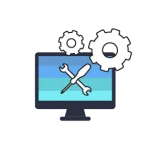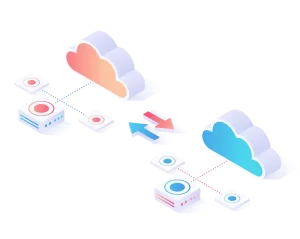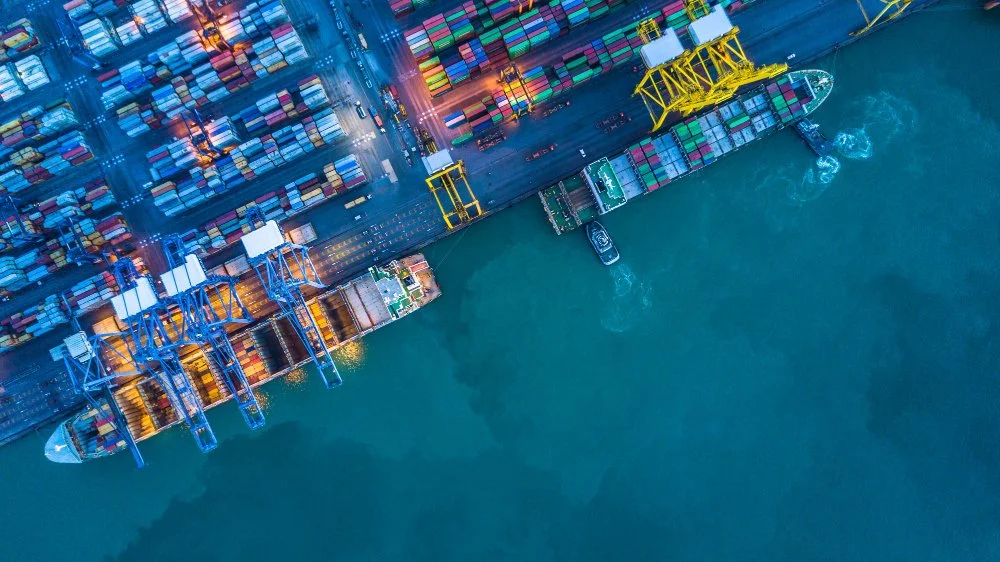SAP Disaster Recovery as a Service
Disaster Recovery is the process of recovering operations after an outage due to a prolonged data center or site failure. Preparing for disasters may require backing up data across longer distances, and may thus be more complex and costly.
Disaster Recovery as a Service (DRaaS/DRS) is the disaster recovery service, process, policies and procedures that are related to preparing for recovery or continuation of technology or infrastructure identified in the applicable Order Form as included in the DR Services. The SAP Business Technology Platform (BTP) for Enhanced Disaster Recovery service provides asynchronous data replication to a remote disaster recovery region and aims to improve the time for recovery.
Features
There are 3 main features about how SAP Disaster Recovery as a Service work
Quicker Recovery
Quicker Recovery of your cloud production environment in a secondary region based on a prepared and tested in advance standby setup.
Database Replication
Database Replication enables the replication of your application databases between the primary and secondary regions. Real-time asynchronous database replication lays the foundation of the enhanced disaster recovery.
Sub-account Replication
After you deploy your application in the primary region using the cockpit or the console client, the application will be replicated in the secondary region. If you update your application in the cockpit, the application will be replicated in the secondary region as well.
SAP Disaster Recovery
We have 2 type plan of SAP Disaster Recovery which are Asynchronous and Synchronous. Contact us to know more about Equine SAP Disaster Recovery Planning
Asynchronous
The primary system sends redo log buffers to the secondary system asynchronously. The primary system commits a transaction when it has been written to the log file of the primary system and sent to the secondary system through the network. It does not wait for confirmation from the secondary system
Synchronous
When the connection to the secondary system is lost, the primary system continues the transaction processing and writes the changes only to the local disk. No data loss occurs in this scenario as long as the secondary system is connected. Data loss can occur, when a takeover is executed while the secondary system is disconnected
Why we need SAP Disaster Recovery as a Service?

With DRaaS, your data is stored in the provider’s own data center, in a private server. It is included in the subscription fee that you pay for as an expense, instead of significant capital investment.

Cloud backup service providers employ the best security protocols available to protect their data centers, and in turn, to protect your data stored in it as well.

DRaaS commonly has an online dashboard that automates most of the functions and tools included. The easy-to-use dashboard makes it easier to set up the backup process, including automated processing.

Reduce time for IT group to escalate the disaster and reduce cost of maintenance operation.

DRaaS simplifies IT management and frees up your IT staff to do what they do best.

The High Availability vs Disaster Recovery
There is a difference between high availability and disaster recovery. High availability deals with single failures within one region. It protects your data in case of database failure, while the disaster recovery protects your data in case of an entire region failure. Your application data is stored in an SAP HANA database in the primary region. The high availability and the disaster recovery databases are duplicates of the production database that is in the primary region. The duplicate databases ensure continued availability of the production database in case of a disaster. The high availability setup uses synchronous replication so that the data in the production database and the high availability database is identical. The disaster recovery setup uses asynchronous replication to optimize database performance. The further the distance between regions, the harder it is to replicate data synchronously. This is the main reason why we run asynchronous replication between the SAP HANA databases located in both regions.
Our Industries Solutions
Explore more about Equine industry expert solution based on your Industries category.
Let’s Discuss!
Contact us and get FREE Consultation with our representative team by click button below.








